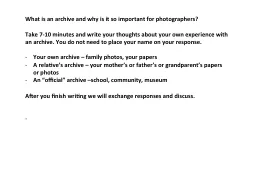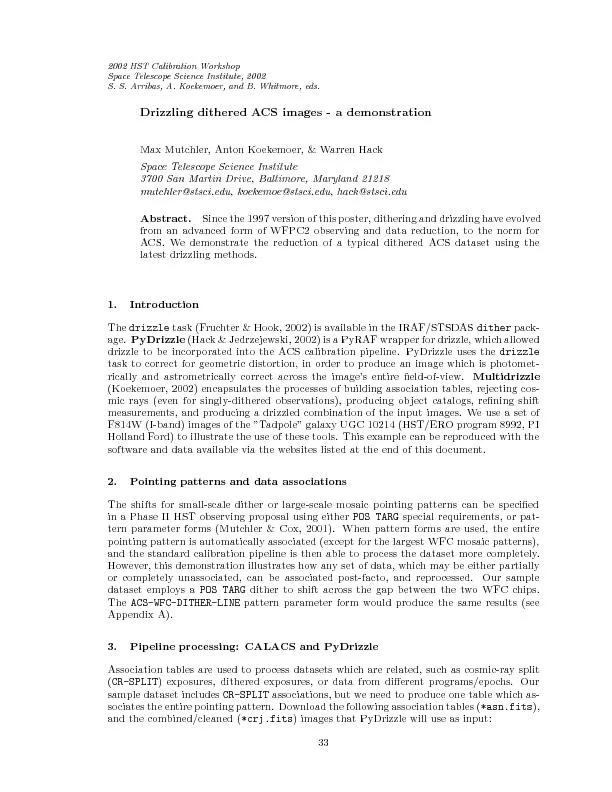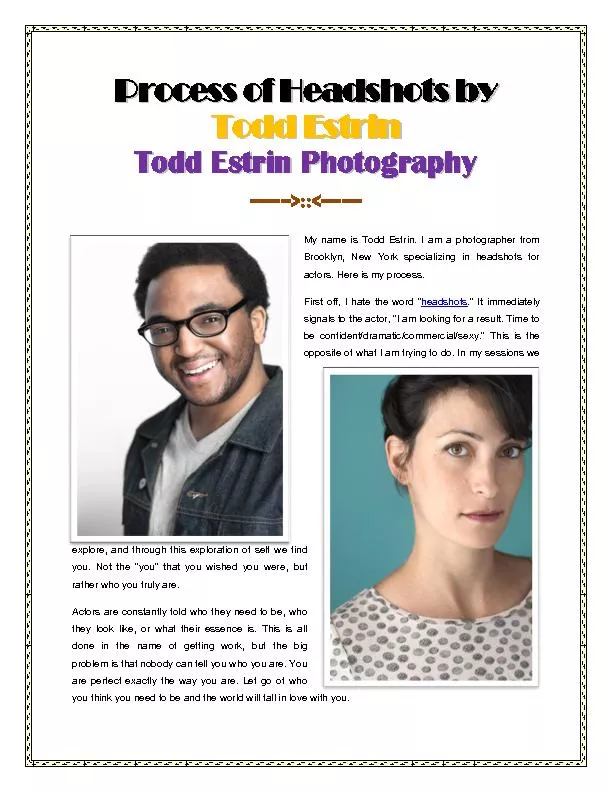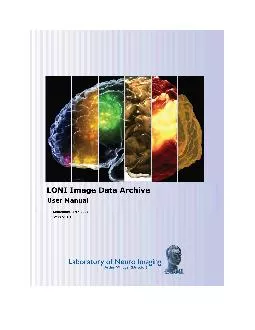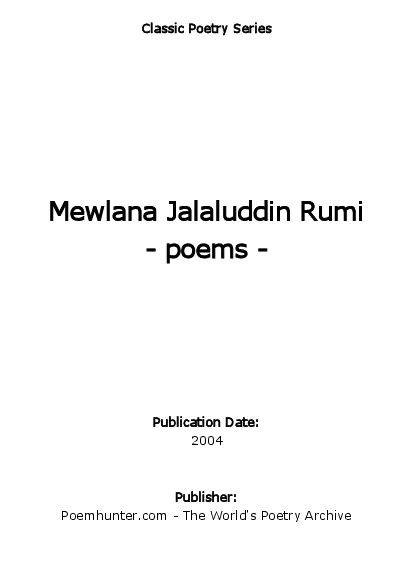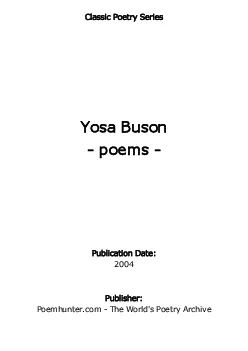PPT-What is an archive and why is it so important for photographers?
Author : alida-meadow | Published Date : 2018-02-27
Take 710 minutes and write your thoughts about your own experience with an archive You do not need to place your name on your response Your own archive family photos
Presentation Embed Code
Download Presentation
Download Presentation The PPT/PDF document "What is an archive and why is it so impo..." is the property of its rightful owner. Permission is granted to download and print the materials on this website for personal, non-commercial use only, and to display it on your personal computer provided you do not modify the materials and that you retain all copyright notices contained in the materials. By downloading content from our website, you accept the terms of this agreement.
What is an archive and why is it so important for photographers?: Transcript
Download Rules Of Document
"What is an archive and why is it so important for photographers?"The content belongs to its owner. You may download and print it for personal use, without modification, and keep all copyright notices. By downloading, you agree to these terms.
Related Documents

